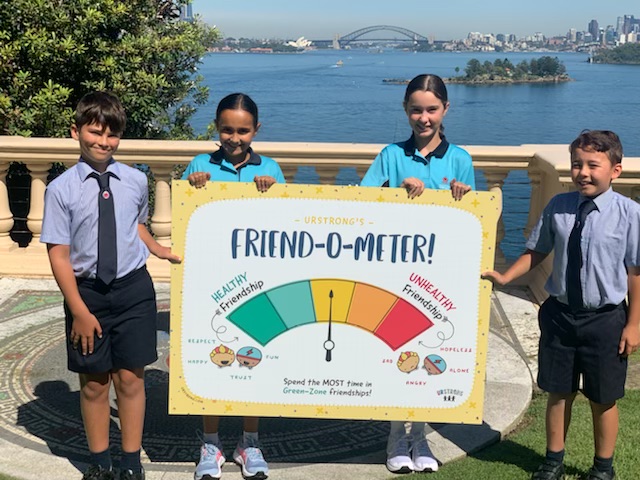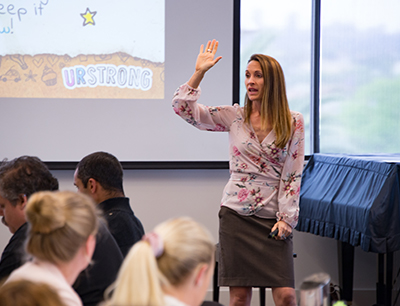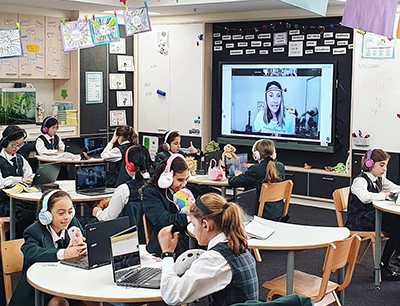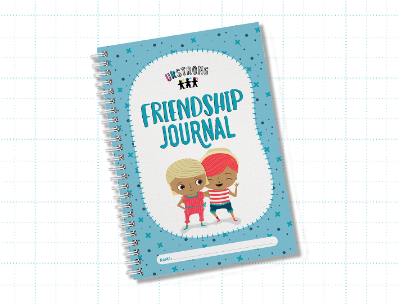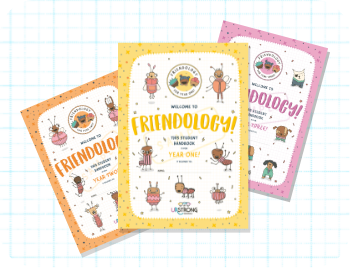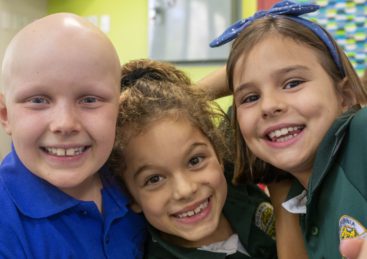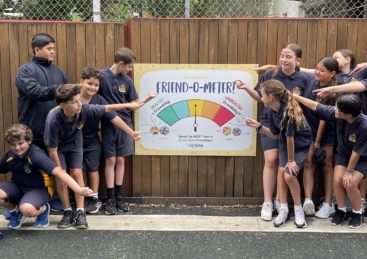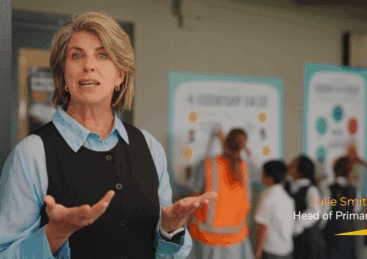Helicopter Parenting. Bubble-wrapped kids. We know we shouldn’t solve all our children’s problems for them. But, when should we get involved?
We all want to do the right thing for our children. We’ve read the books, we’ve listened to the podcasts, we’ve read articles and talked to other parents endlessly, all in an effort to raise resilient, kind, caring little people. But, have we gone too far? On the quest to do the right thing, have we overlooked one of the most important lessons of all?
We all know that when life is hard, when we struggle, when things aren’t easy… These are the times we learn the most about ourselves. These are the times we dig deep and we come out the other end stronger than we were before.
Conflict is a normal part of the human experience, yet we see parents panic when they witness their child experiencing conflict with a friend. We see parents jump in, trying to solve the problem for their kids, offering a series of suggestions. We hear about parents calling principals and teachers, insisting their child is being “bullied” and demanding that something be done. There’s an immediate discomfort, aversion, and fear of conflict even for ourselves, but amplified (times a million) when it’s our children experiencing it.
Is it because we read that book or that article and think of the devastating effects of bullying? Perhaps we are taken back to the day we went through that heartache ourselves and want to save our children from our same mistakes?
How do we strike that perfect balance of allowing our children to develop the skills to be resilient in the face of conflict, yet give them a hand when they need it? When do we need to step in and when do we need to step back?
Here are a few basic guidelines to help you find that perfect balance of being a Friendship Coach, yet not playing the game for your child:
Step-BACK when your child experiences a Friendship Fire® (our term for conflict with a friend) that can easily be put out; it’s a little thing that your child can easily solve.
For example, your child is upset because their friend didn’t let them test out their new toy. Consider saying something like, “That sounds like a Friendship Fire®. Find the right time to talk to your friend and let them know how it made you feel. You can do this!”
Your reaction should match the situation. If it’s a small conflict, your reaction should also be small. A disproportionate reaction will make something small even bigger and your child might need the modeling to keep things in check. If your child has a tendency to make it bigger and indulge in the negative feelings, continue to minimize it and remind them they can do it. You may even need to take the Friendship Sandwich approach (a strategy students practice in our Friendology friendship skills curriculum when they’re caught in the middle of a conflict between two friends!) and quickly change the subject so you don’t get sucked in the middle and they don’t downward spiral!
Step-IN when any of the following situations happen:
- You can see your child’s self-esteem being affected,
- You can see the issue is weighing on them and they can’t shake it; it’s consuming them,
- You feel your child doesn’t have the skills to come to a resolution and things are getting worse,
- Their reaction doesn’t match the situation, suggesting there’s more to the story,
- Your child doesn’t feel safe,
- Your gut instinct tells you something is up!
If any of these things are happening, this is when you need to step in and give them lots of guidance and support. Empathise with your child and give very practical, step-by-step things they can do to make it better. Like a coach, give them strategies to put into practise. Keep your ideas easy and simple and check in with them at the end of each day to see how it went. For example, “How did things go today with Evie? Show me on the Friend-o-Meter.” When you encourage them to try something, let them know, “And, if that doesn’t work, no problem! We’ll come up with a new plan!” –> Give this activity a try: Time to Chat!
Most importantly, be that person they can talk to, rely on, who will comfort them during this hard time. Don’t solve their problems for them, don’t call the other kid’s parents (here are 10 reasons why!), but give them little, bite-sized challenges to help them work through the conflict. For example, “It sounds like things are hardest with Evie at recess time. How about tomorrow, you volunteer in the library at recess time. Give it a try!”
And, if after all of that, your child is still struggling and things are getting worse… This is when the parents and teachers need to work together AS A TEAM and come up with deeper interventions. The safety and happiness of our children are always a top priority.
Written by Dana Kerford
Friendship Expert and Founder of URSTRONG

